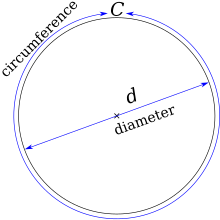In commemoration of Earth Day let me discuss a little about waste management, it can give you a wider picture on how your waste is being managed. You’d be thankful you’re not the one taking care of that.
Basically there are 3 kinds of waste – Gaseous, Liquid and Solid Wastes. These wastes if not properly managed will then become pollutants.
Waste Management flows in a cycle: Monitoring, Collection, Transportation, Processing, Disposal / Recycle.
Gaseous Wastes – we really cannot quantify gaseous wastes from individuals or communities, but usually those factories and vehicles have some filtering equipments.
Liquid Wastes – depending on the nature of the liquid waste but the main step here is the processing. Usually, a chemical is added to the liquid waste and let those react. For example, an acidic waste is neutralized by adding some basic chemical.
Solid Wastes – here goes the majority of wastes, on a daily basis tons of solid wastes are produced by households alone. The key point here is to recycle, separate the non biodegradable (bottles, plastics, papers, tin cans) and biodegradable (food wastes). Then these biodegradable are processed in a landfill.
A landfill as the name suggests, where the biodegradable waste is covered with soil (but still some treatment or processing is done). It is similar to backyard composting but in a much larger scale.
I find it sad whenever setting up of sanitary landfill is being opposed to. There is really no other way to manage our solid waste.
Someone, somewhere, sometime, somehow it needs to be done.
What we can do is to be mindful of our wastes. To reduce waste production, because elimination is totally out of the picture.





